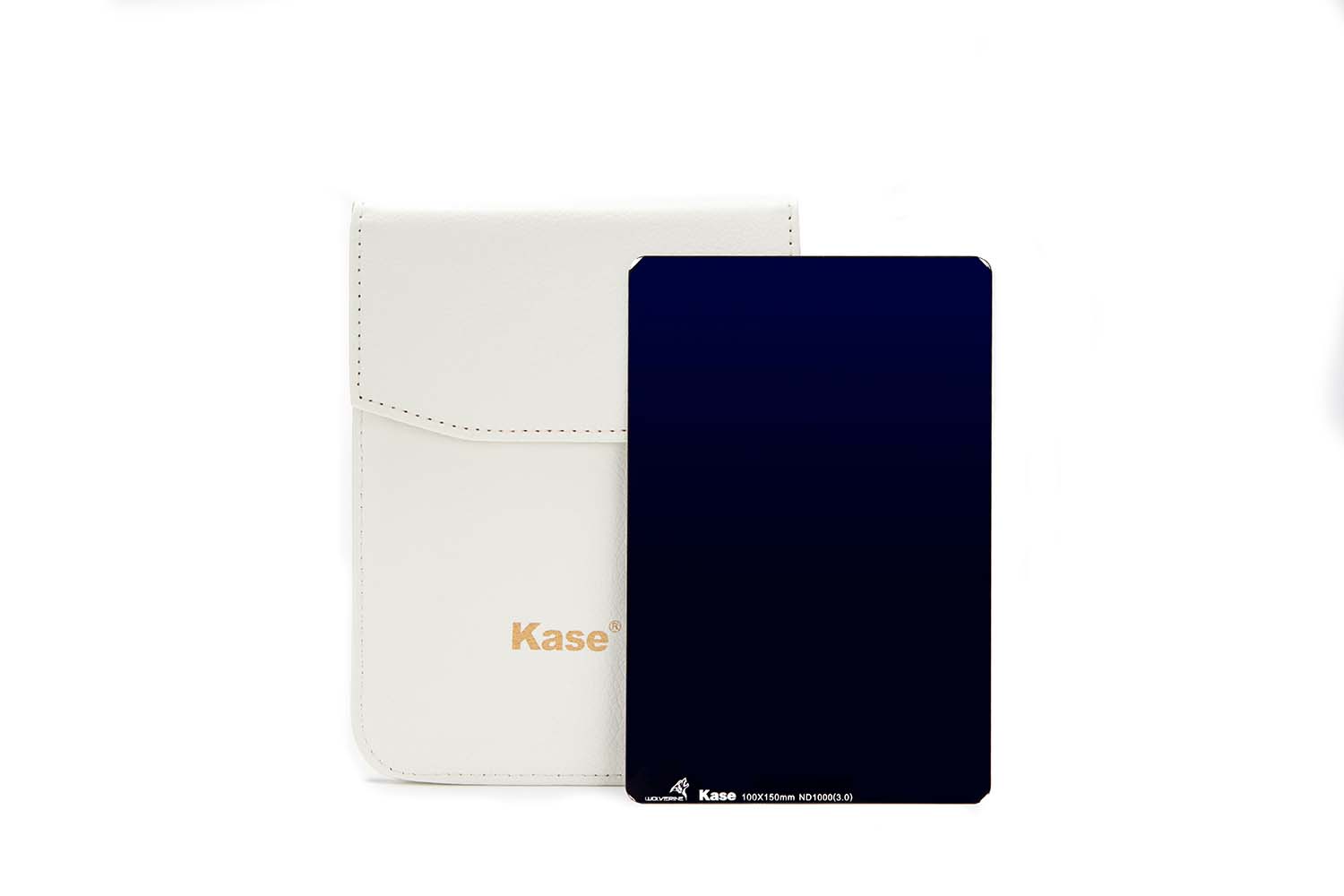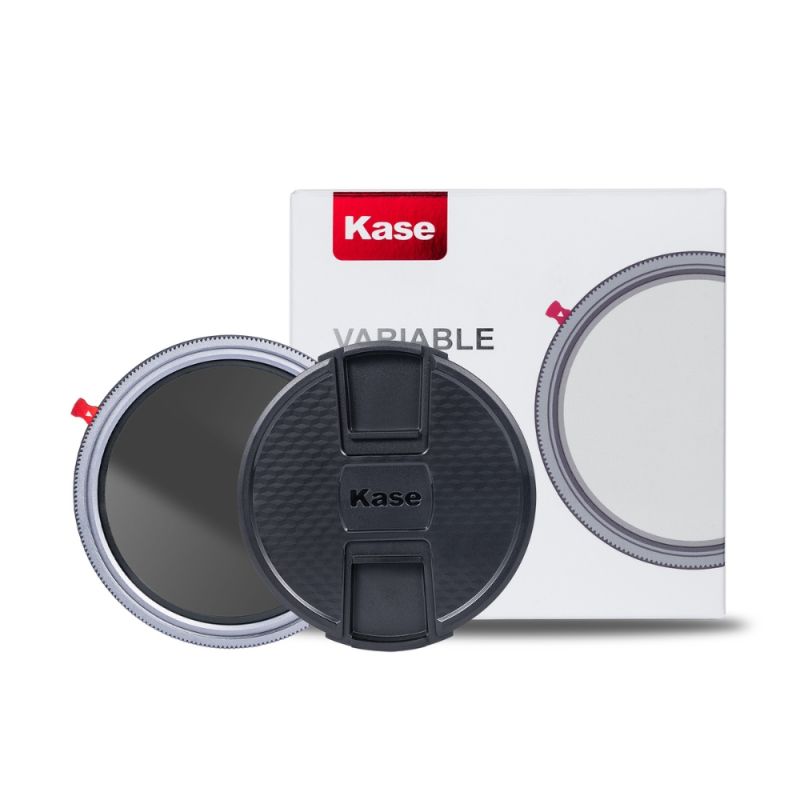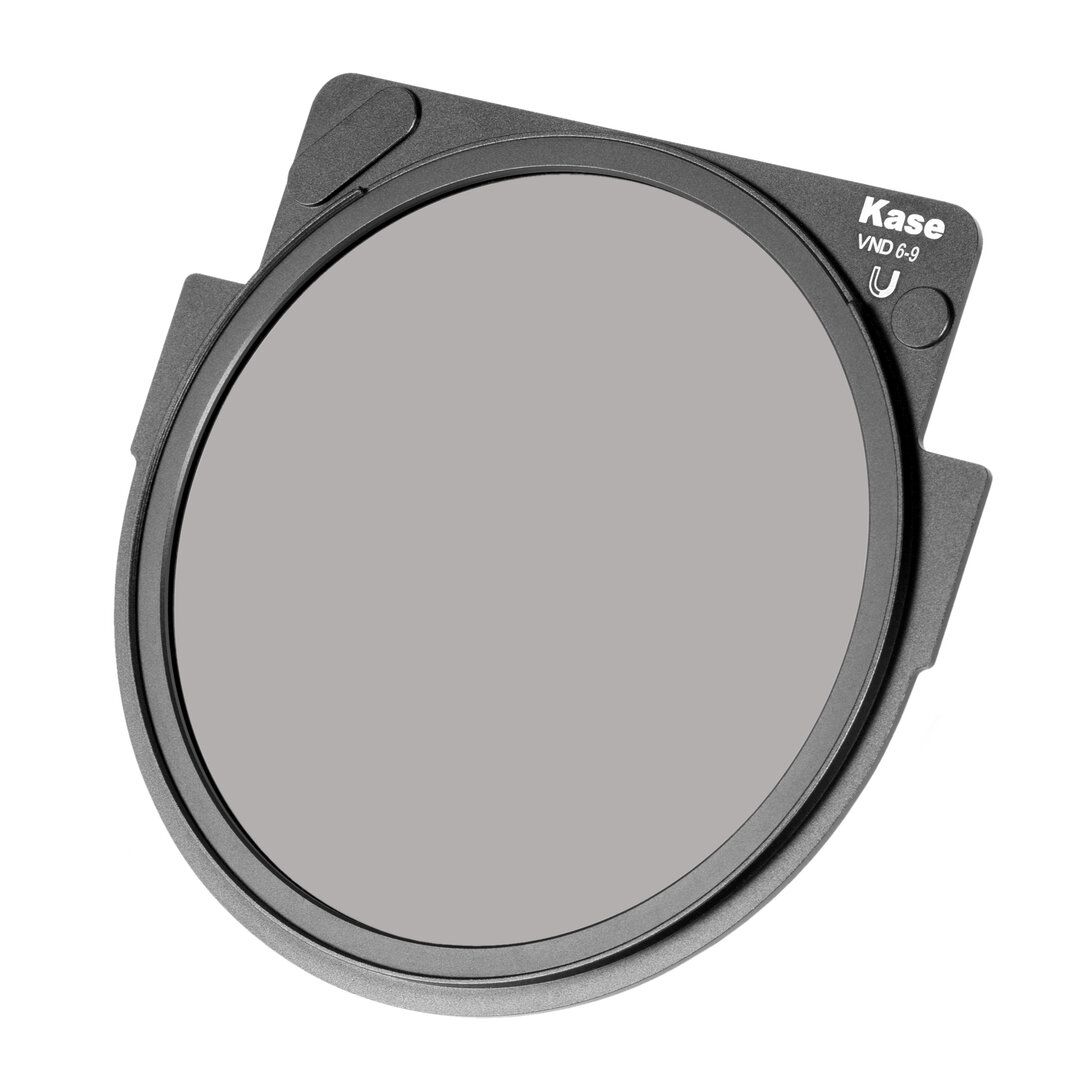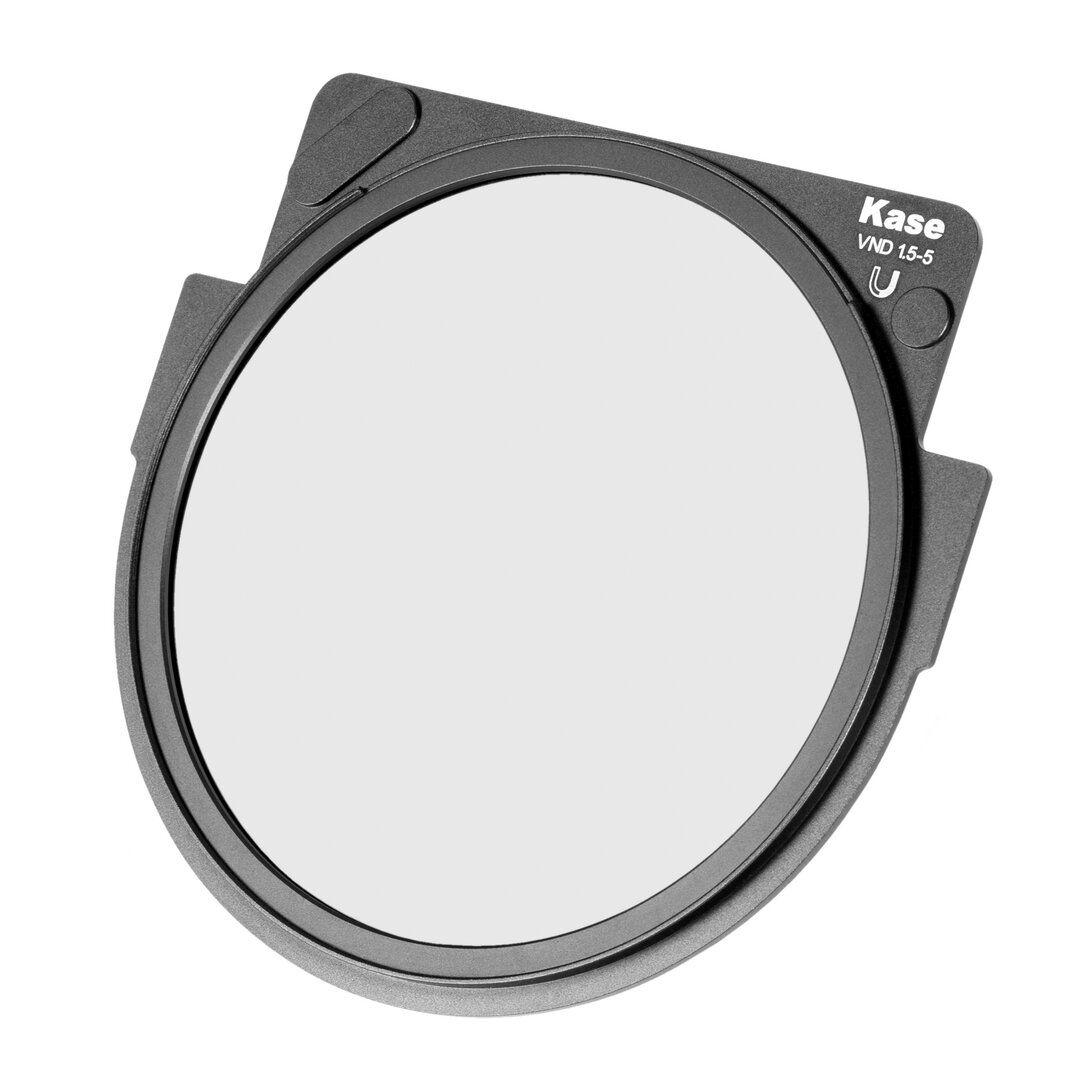General
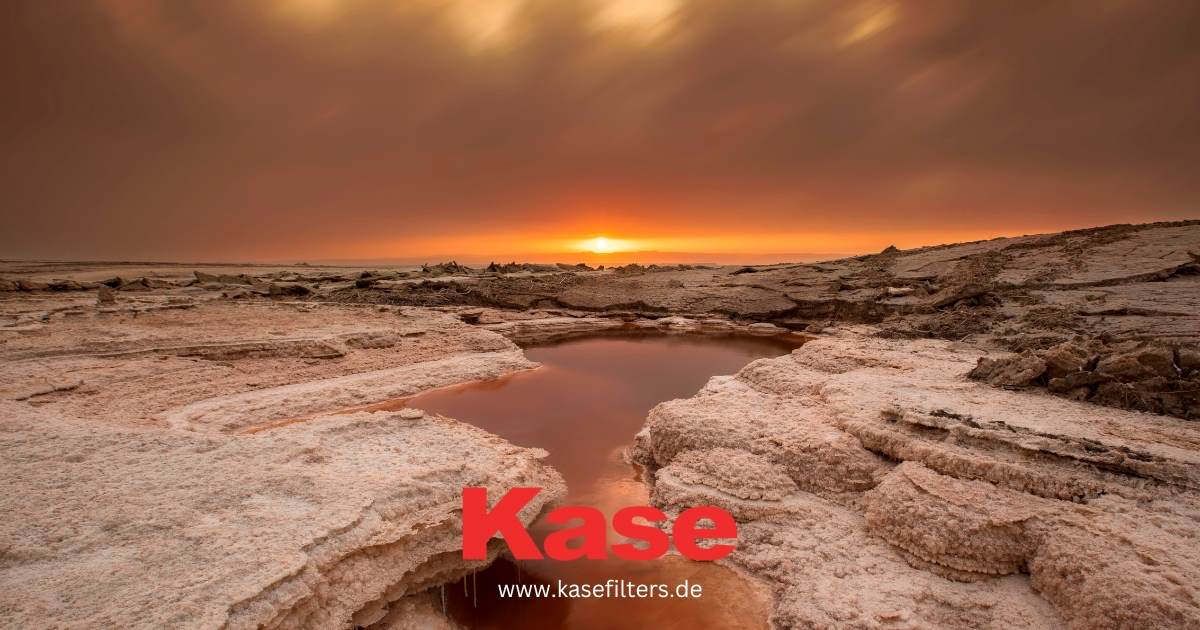
Filtr ND regulowany czy stały: który lepiej wybrać?
Filtry ND to niezbędne akcesorium dla każdego fotografa i filmowca pracującego w warunkach intensywnego oświetlenia. Pojawia się jednak pytanie: lepszy będzie filtr ND regulowany lub stały? W tym artykule przyjrzymy się różnicom między tymi rozwiązaniami oraz zaletom, jakie daje filtr szary regulowany i klasyczny stały filtr. Dzięki temu łatwiej podejmiesz świadomą decyzję i wybierzesz odpowiedni filtr do swoich potrzeb.
Jak działają filtry ND stałe i regulowane
Wszystkie filtry neutralnie szare (ND) mają jeden główny cel – ograniczają ilość światła wpadającego do obiektywu aparatu. Nie zmieniają kolorów obrazu, ale pozwalają korzystać z większych wartości przysłony lub dłuższych czasów naświetlania w jasnych warunkach. Ilość światła blokowanego przez filtr ND mierzona jest w działkach przysłony (stopniach); im wyższa wartość, tym mniej światła trafia do obiektywu.
Klasyczne stałe filtry ND mają jeden, niezmienny poziom redukcji światła, np. 2-stopowy ND, 6-stopowy ND itp. Jeden filtr odpowiada jednej wartości stopnia. Filtry te wykonywane są ze szkła optycznego lub żywicy z równomierną powłoką ND i mogą mieć kształt kołowy albo kwadratowy/prostokątny.
Filtr ND regulowany, nazywany też filtr ND zmienny, oferuje zakres stopni, np. 1,5–5 stopów. Dzięki temu możesz regulować, ile światła chcesz zablokować. Filtr szary regulowany zbudowany jest inaczej niż stały – składa się z dwóch warstw polaryzacyjnych. Obracając zewnętrzną warstwę, dostosowujesz poziom redukcji światła.
Zalety i wady filtrów ND stałych
Stałe filtry ND to najczęstszy wybór profesjonalnych fotografów krajobrazu. Wystarczy spojrzeć na ich zalety i wady, aby zrozumieć dlaczego.
3 główne zalety filtrów ND stałych
- Wysoka i powtarzalna jakość obrazu: Dzięki swojej budowie, filtry stałe nie wprowadzają artefaktów polaryzacyjnych, które mogą pojawiać się w przypadku filtrów regulowanych. Zapewniają lepszą dokładność kolorów i nie obniżają jakości obrazu. A ponieważ filtr stały ma jedną gęstość, ta jakość pozostaje spójna.
- Maksymalna wydajność: Stałe filtry ND często lepiej sprawdzają się przy ekstremalnych poziomach redukcji światła niż filtry regulowane. Nawet przy dużej gęstości uzyskasz obraz wysokiej jakości.
- Mniejsze winietowanie lub jego brak: Kołowe filtry ND stałe zazwyczaj powodują mniej winietowania. W przypadku prostokątnych filtrów stałych możesz praktycznie zapomnieć o tym problemie (pod warunkiem dobrania właściwego rozmiaru do obiektywu).
Wady filtrów ND stałych
- Mniejsza elastyczność: Nie możesz łatwo przejść z jednego stopnia redukcji światła do innego. Jeśli potrzebujesz elastyczności i chcesz fotografować w różnych warunkach oświetleniowych, musisz kupić i nosić przy sobie kilka filtrów ND.
- Wolniejsza zmiana: Zmiana filtrów ND, zwłaszcza tych wkręcanych, może być kłopotliwa i czasochłonna w trakcie sesji. Nieco szybciej da się to zrobić w przypadku magnetycznych filtrów ND.
Najlepsze stałe filtry ND marki Kase dla fanów jakości
Zalety i wady filtrów ND regulowanych
Niektórzy fotografowie mają tendencję do demonizowania filtrów ND zmiennych, twierdząc, że są one dużo gorsze niż filtry stałe. W rzeczywistości wszystko zależy od sytuacji, każdy filtr nd regulowany lub stały ma swoje zastosowanie. Warto więc poznać mocne i słabe strony filtrów ND regulowanych.
Zalety filtrów ND regulowanych
- Uniwersalność: To prawdopodobnie powód, dla którego interesuje Cię filtr nd zmienny, prawda? Nie ogranicza się on do jednego stopnia redukcji światła – zakres wynosi zazwyczaj około 4 stopni. Filtr szary regulowany jest szczególnie wygodny podczas pracy w szybko zmieniających się warunkach oświetleniowych.
- Szybkość użycia: Nie musisz dokładać ani wymieniać filtrów w trakcie fotografowania – wystarczy przekręcić filtr, aby w sekundę zmienić poziom redukcji światła. Dzięki temu możesz uchwycić więcej materiału bez tracenia czasu.
- Łatwy transport: Wystarczy jeden filtr szary regulowany, aby pokryć zakres kilku wartości ekspozycji. Oznacza to, że masz mniej sprzętu do noszenia ze sobą!
Wady filtrów ND regulowanych
- Krzyżowa polaryzacja (efekt X): Efekt krzyżowego zaciemnienia (ciemne X na zdjęciu) może pojawić się przy użyciu filtra szarego regulowanego na maksymalnej gęstości. Wynika to z nierównomiernej polaryzacji przy skrajnych ustawieniach. Aby tego uniknąć, nie przekraczaj wartości zalecanej przez producenta.
- Możliwe winietowanie: Filtry ND regulowane są zazwyczaj grubsze niż filtry stałe, co może powodować winietowanie, szczególnie przy obiektywach szerokokątnych.
- Zmiany kolorystyczne: Niektóre filtry ND zmienne mogą powodować przesunięcie kolorów, wpływając na balans bieli i ogólną kolorystykę zdjęć lub filmów. Często wymaga to korekty w postprodukcji.
- Koszt: Filtr ND regulowany ma bardziej złożoną konstrukcję, dlatego zwykle kosztuje więcej niż filtr stały. Jednak jeśli musisz wybierać pomiędzy kilkoma filtrami stałymi a jednym regulowanym, najczęściej bardziej opłaca się kupić filtr szary regulowany.
Warto zauważyć, że problemy z jakością obrazu spowodowane przez filtry ND zmienne są zminimalizowane, gdy filtr jest wysokiej jakości. Na przykład dokładność kolorów będzie znacznie lepsza, jeśli filtr został wykonany z optycznego szkła z powłoką nano. Jeśli chcesz korzystać z wygody, jaką daje filtr nd zmienny, zwróć uwagę na jego jakość i unikaj najtańszych modeli – mogą one zrujnować Twoje zdjęcia.
Odkryj wysokiej jakości filtry ND regulowane od Kase
Filtr ND regulowany czy stały: który jest lepszy do fotografii?
Wybór między filtrem ND zmiennym a stałym zależy od Twoich potrzeb i stylu fotografowania.
Dla fotografów, którzy stawiają na najwyższą jakość obrazu i pracują w stabilnych warunkach, lepszym rozwiązaniem będą filtry ND stałe. Na przykład podczas fotografii krajobrazowej, gdy masz czas na dokładne skomponowanie ujęcia, filtr ND stały sprawdzi się najlepiej.
Z kolei jeśli potrzebujesz uniwersalności i łatwości obsługi, zwłaszcza przy częstych zmianach oświetlenia, filtr ND regulowany może być dobrym wyborem.
Filtr szary regulowany czy stały w filmowaniu?
Filmowcy korzystają zarówno z filtrów ND regulowanych, jak i stałych, a wybór zwykle zależy od sposobu pracy.
Filtry ND regulowane w pracy z wideo
W produkcji filmowej kluczowe jest utrzymanie stałej wartości czasu naświetlania i przysłony, aby uzyskać filmowy wygląd obrazu. Filtr ND zmienny pozwala kontrolować ekspozycję bez zmiany tych parametrów i bez przerywania nagrania, co zapewnia płynny, profesjonalny efekt.
Filtry ND zmienne są bardziej wszechstronne i idealne do filmów dokumentalnych, podróżniczych czy innych scenariuszy, w których światło szybko się zmienia.
Filtry ND stałe w filmowaniu
Choć mniej uniwersalne niż filtry szare regulowane, filtry ND stałe wciąż mają swoje zastosowanie w pracy z wideo. Używa się ich do uzyskania najwyższej jakości obrazu w kontrolowanych warunkach oświetleniowych, np. w studio. Filtry ND stałe sprawdzą się także przy planowanych ujęciach w plenerze – na przykład wtedy, gdy nagrywasz jedną scenę w stabilnym świetle.
Podsumowanie: lepiej kupić filtr ND regulowany czy stały?
Dla fotografów nastawionych na maksymalną jakość obrazu lepszym rozwiązaniem będą filtry ND stałe. Natomiast w sytuacjach, które wymagają szybkich zmian ekspozycji, takich jak dynamiczne nagrania wideo czy portrety plenerowe, najlepszym wyborem będą filtry ND regulowane.
Jeśli nadal zastanawiasz się, który filtr ND będzie dla Ciebie odpowiedni, skontaktuj się z nami i chętnie pomożemy!

